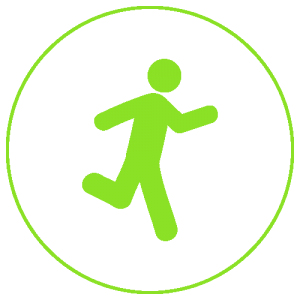
Monday 25 June 2018
We have often talked about the importance of the foot on the ground in terms of reactivity, elasticity, running economy, proprioception, how important it is to train him in our workouts. The exercises that we will describe are easy to perform and must be followed by an expert in the field to verify that they are carried out correctly. We are confident that they will be of great benefit to your ride.
- I walk on my toes: this exercise, very simple to say, can create some difficulties for some people. It consists ‘simply’ in walking a short stretch, of about 10-15 metres on the tips of the feet, taking care to stay straight with the bust and knees locked. At the end of the financial year we conclude with 5-10 meters at normal pitch.
- Walking on the heels: the length of this exercise is the same as the previous one, the knees are straight and the walk uses heel support instead of the sole of the foot. To help us rhythmically, we can slightly accentuate the movements of the arms during the journey. Closing with 5-10 meters of pitch.
- Rolled from the heel to the tip of the foot: this involves accentuating the normal step of the walk, consisting of support, rolled, pushed by making more round movements. Then, gentle support of the heel, cushioned, rolled foot so as to perceive well the contact of the plant with the ground, thrust of the fingers. This exercise, to be done on foot, can be done for 15-20 meters before concluding with 10-15 meters in the extension.
- Skip: Bust and head in a straight line, look forward, arms oscillating alternately with legs. The foot must be well reactive on the ground and bring the quadriceps parallel to the ground, in rapid succession. After about 20 meters of exercise, transform the movement into a progressive running action for another 20-30 meters.
- Low skip: very similar in the execution to the previous exercise, but with greater frequency than steps. The quadriceps remain lower than the classic skip, to the detriment of a higher frequency of steps to the ground. Even the posture is affected, the athlete is more unbalanced forward.
- Semi-blocked knee jumps: we make jumps on the spot without exaggerating the intensity of the execution. The knees are not rigid and maintain a small degree of movement, to keep the gesture fluid and not too rigid in movements.
- Keep your balance on one foot: initially by helping yourself in balance, staying close to a gate, a fence.
- Kneeling Running: Your feet, which seem to slip over the ground in this exercise, actually do a great job on the ground. The foot touches the ground and pushes the leg until it touches the buttocks from the heel. Bust and head in axis, arms that follow alternately the movements of the legs, exercise that after 20-30 meters turns into an extension.
These exercises can be done initially by integrating with one training session per week, and then be included in the daily training. They must be carried out on a safe path, after a suitable warm-up (20-25′ run), without seeking the brilliance of the gesture itself, but rather must be seen as an enrichment to the seat. For track athletes or more experienced, you can add exercises with obstacles at various heights, exclusively under the supervision of an expert in the field.
Read more
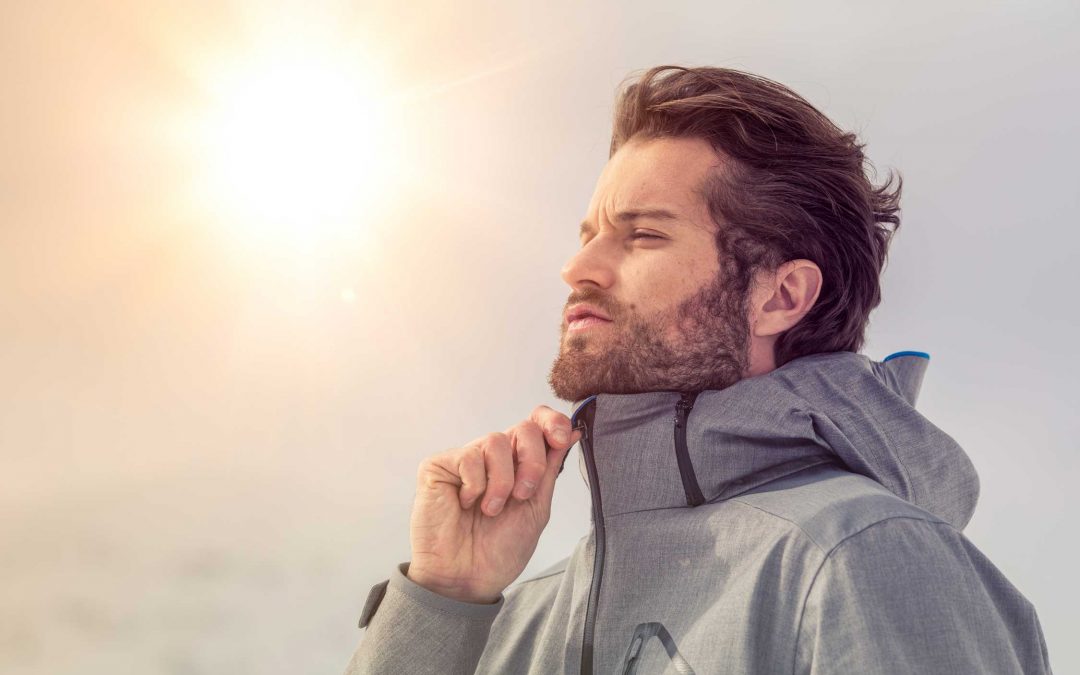
Monday 18 June 2018
The days have increased the hours of light, the temperatures have begun to rise, we are now at the gates of summer, the most complex season to manage for the runner. The main precautions to take for the runner are to choose shady places to run, avoid the hottest hours of the afternoon, preferring the early morning or evening at sunset, hydrate themselves often and well, have food cautions.
There are many people who, especially in summer, run in the hottest hours and with clothing that is not suited to the season: it is not uncommon to see runners under the 13:00 sun with a k-way, to do their training session.
K-way is a non-breathable, rainproof garment that is dangerous when used in outdoor temperatures as high as in summer.
It is believed that sweating more, you slim more. This false belief drives many to get dressed more in the summer to dispose of more liquids.
Sweat is a body thermoregulation mechanism that does not burn body fat, but precisely regulates its temperature, which must be maintained in a certain range of values (between 36 and 37.2°C approximately).
The k-way is a waterproof garment that used in summer racing does not allow the body to cool and retains heat, predisposing to high risks the runner and heavy leakage of liquids during the race.
That’s why running too much clothes in the summer has no slimming advantage, as you only lose large amounts of liquids, which the body easily replenishes in the following hours through food and drink. This custom, in fact, presents many risks, such as dehydration, losing an enormous amount of mineral salts (factors already difficult to fight dressed properly!) and to predispose the body to a dangerous, as well as useless, stress. Heat stroke is one of the most popular risks in these cases, but the consequences can be worse.
In order to lose weight, it is not necessary to sweat abundantly, but to do regular aerobic activity, lasting more than 40-50 minutes, to be achieved gradually, so as to allow the body to burn carbohydrates and lipids (fats). An activity that can be done at lower temperatures in the evening and even more pleasantly.
In summer, clothing must be breathable and light, and even if this is the case, it will still sweat a lot!
Lorenzo Andreini – FIDAL Instructor
Read more
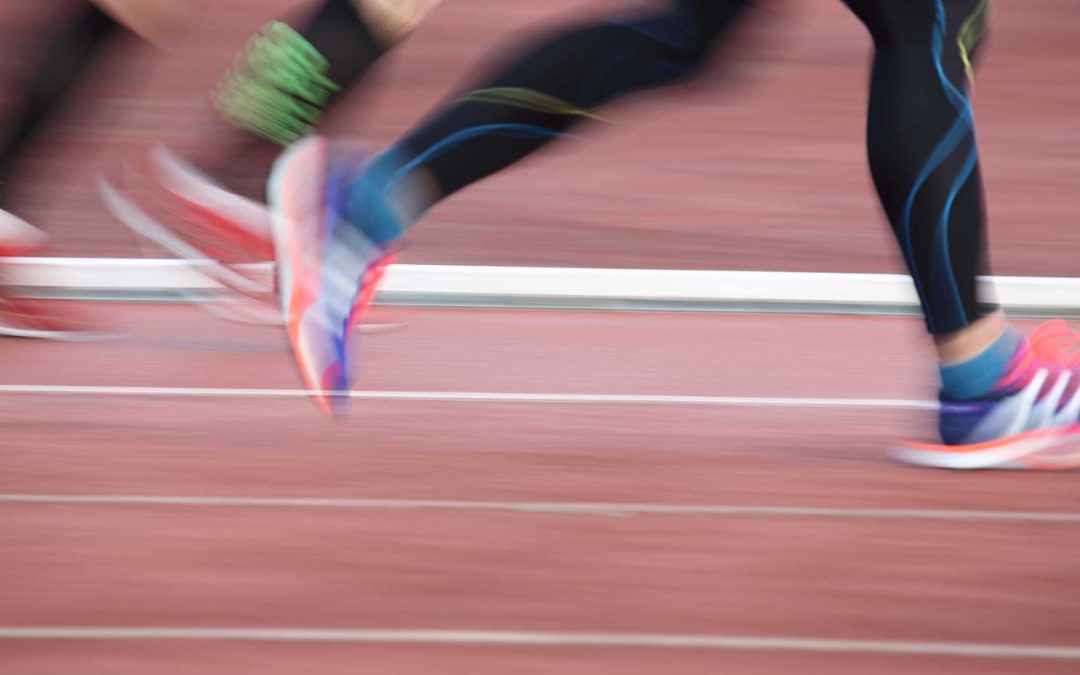
Monday 11 June 2018
When you think about running, the most immediate image is of the vast expanses of land, of the kilometres on kilometres to be covered. It is thought that the improvement depends only on how much we can run. In reality, resistance is an important part of training, but it is not the only one: repeated training is a highly effective means, if it is wisely distributed over the entire load.
Repeats are technically the repetitions of a distance several times, and each test is interspersed with a mild or pace recovery. These ‘repeated’ sections of the race can generally range from 400 metres to 2000 metres and can be run up to 6/8 times, or even beyond. They are vital for the middleman, but they are an excellent opportunity for improvement even for those who compete from 10 km up. They are also of great benefit to the mind, as the flow of oxygen to the body changes during repeated periods.
The speed with which they must be travelled is variable: usually they run at a speed little better than the anaerobic threshold, which we have already spoken about, and in this case they define themselves repeated for the aerobic power, or they can run up to 7-8% faster than the value of this threshold, thus talking about repeated lactacid. Both these types of repeats, which should not be self-managed but dosed by your coach, are closely linked to improving performance as they ensure a greater supply of oxygen to the muscles, also training them to a more effective use of it.
Moreover, repeated training is very demanding and the heart reaches high frequencies. It can therefore also be said to make an anaerobic contribution. All this also strengthens the spirit and self-esteem.
In addition, the rhythms imposed by these tests are useful for the technique of racing and thanks to them we will be able to sustain for longer certain rhythms in the cross-country race, which were previously precluded. These tests must be run in a flat circuit (at least in the first executions), safe and measured, with the chronometer in your hand, which however must not distract us too much during the execution.
Recovery between tests is defined by the technician and is usually around the duration of the repetition itself, or in any case a time that, given the intensity of the training, should allow the heart rate to fall below at least 70% of the maximum value. The same recovery is usually conducted not standing still until the start of the next test, but walking or with a light, very bland run.
Repeat training is a plus that cannot be missing in the seasonal planning of a runner, both for performance and to train the body to strengthen it and make it increasingly versatile.
Read more
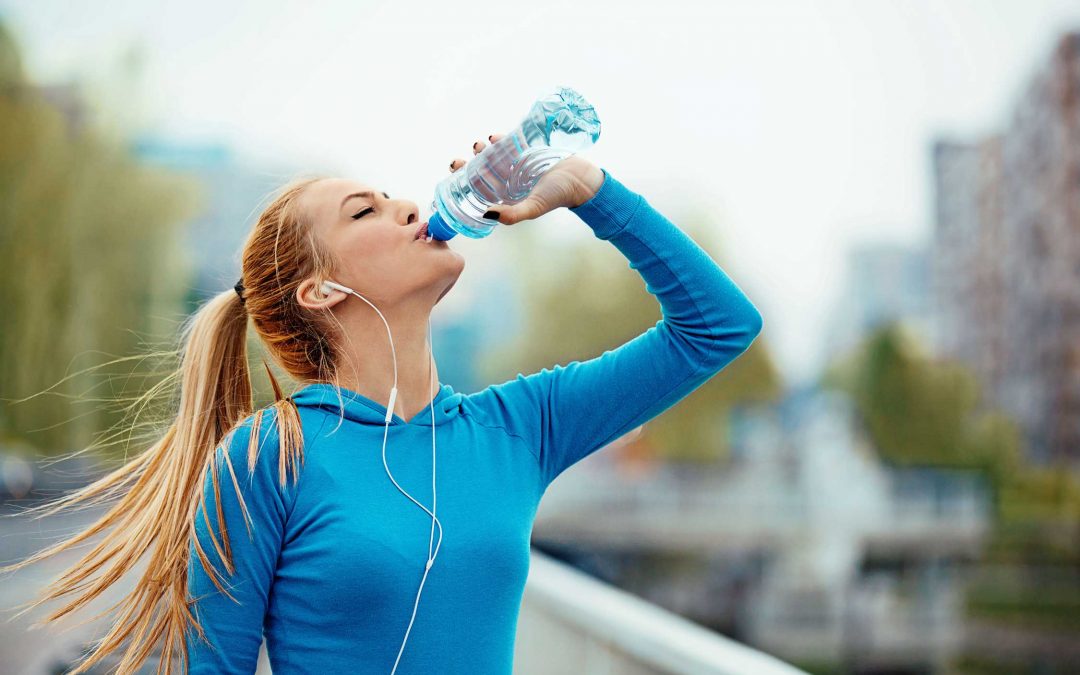
Monday 4 June 2018
With the arrival of the first sun we already feel the need to discover our body… we warm up more easily and immediately feel how our body requires liquids! But how can we stay hydrated and properly replenish leaks of mineral salts and liquids through sweat?
The main thing to always have a hydrated body is to drink regularly throughout the day. Very often it happens that we drink only at meals or a few glasses of tea or herbal tea during the day without realizing that we drink little or not enough for what our body may actually require.
Surely there is not an ideal amount for everyone (…the famous 1.5-2l of water per day!) because each of us has specific and personal needs. What then can be effective is to listen to our body and drink when you are thirsty, remembering that when the stimulus is felt it means that we are already dehydrated (1-2%).
The best way to stay hydrated is to drink natural water. In the winter period are fine also herbal teas so we can also benefit from their heating power. In summer, fruit and/or vegetable extracts are excellent, containing salts and sugars suitable for restoring the correct water structure of the body (perfect as post-workout make-up!).
If we are subject to a lot of sweating it is important to replenish with a type of water that contains a good percentage of mineral salts: I therefore invite you to read the value of fixed residue that you find on the label of the water you consume. In this case, a fixed residue of at least 180 mg/l is ideal.
Sweating does not mean losing fat! Sweat removes toxins, liquids and salts, which is why reintegration is essential.
In addition, having a hydrated body allows us to maintain a radiant and supple skin!
Good racing!
Francesca Fontanelli, Nutritional Biologist
Read more
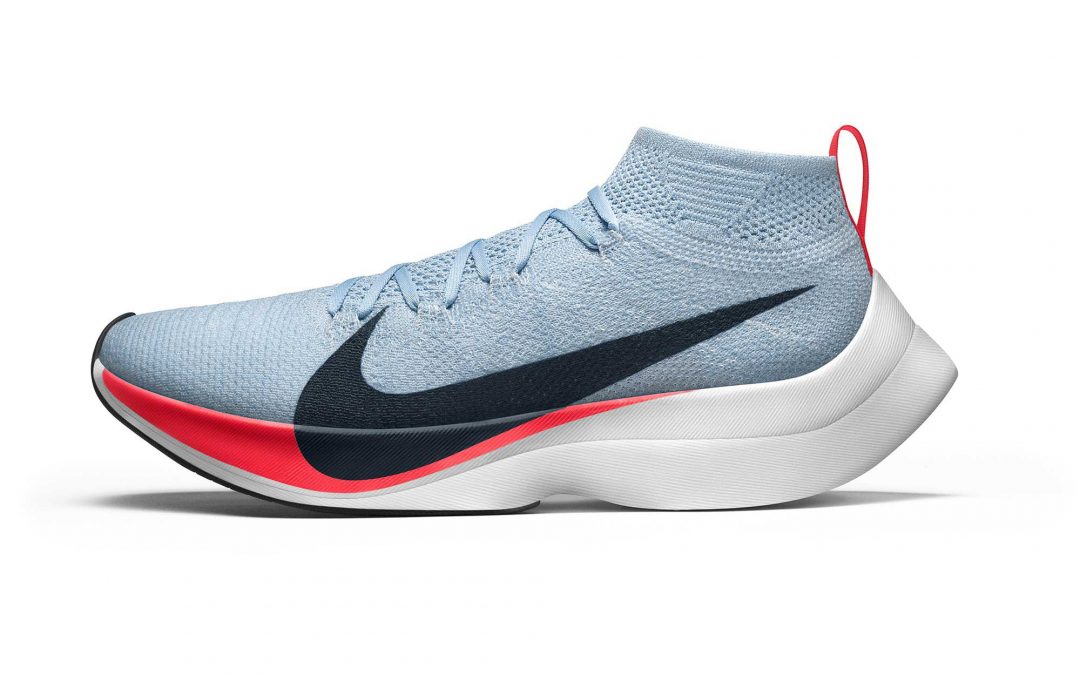
Monday 21 May 2018
It is true that reactivity and elasticity of the foot on the ground is important for the athlete. The foot is the only point of contact with the ground and plays a key role in the mechanics of racing, in the pursuit of performance.
This is why athletics coaches, especially those who train athletes for track races, focus on posture, stretching, proprioceptive exercises, running on grass or sand, and changes of terrain for different training sessions. These tools (and there are others) stimulate a variety of proprioceptive sensations for the feet, with the consequences stated above.
There is now also very real and constant technological research and innovation. The athlete should see training not only as a search for performance, but also as the combination of the usual methods of training with makes of shoe that represent the top of the range and are based on research with an eye for the future.
Worth a mention are the shoes launched by Nike on the occasion of the famous event Breaking2, for running the Marathon under 2 hours: the Zoom Vaporfly Elite.
The Zoom Vaporfly Elite are shoes of incredible reactivity and elasticity, the two properties for the feet that we mentioned previously, and which do not however renounce the lightness required of performance footwear.
The properties are attributable to a new super-light foam (ZoomX). The Zoom Vaporfly Elite have a fairly thick midsole that cushions but also offers elasticity. There is also a one-centimetre difference between the forefoot and the heel that makes this shoe quite unique.
And that’s not all. Between two layers of ZoomX is a carbon fibre structure, which tends to concentrate the force on the forefoot, when pushing off, to make the foot more reactive. The upper is comfortable and well-fitting, and the shoe looks like the work of an expert craftsman.
This incredible footwear was not originally for sale, and then was apparently available in small runs (100 pairs throughout Europe); however, Nike has footwear on the market like the Zoom Vaporfly 4% and the Zoomfly that are based on the same ideas as the Elite and truly are super valid.
(by Lorenzo Andreini)
Read more







